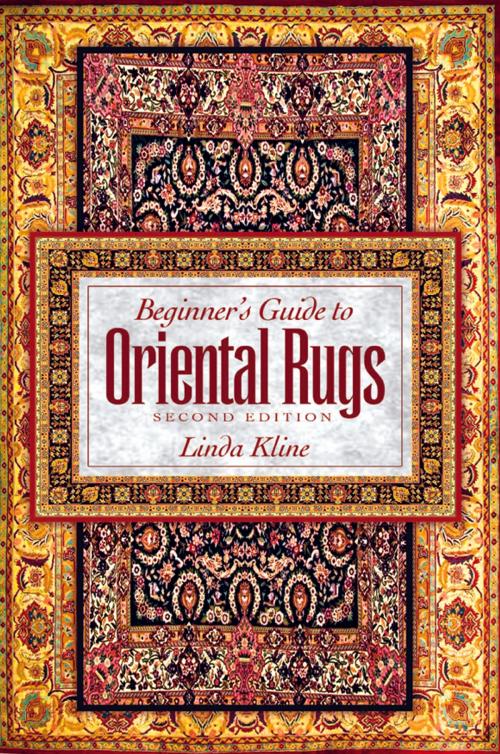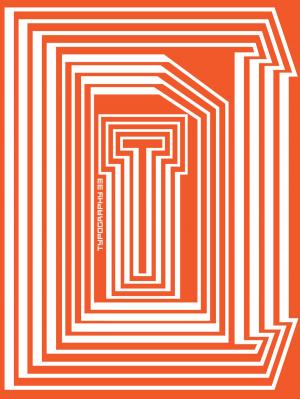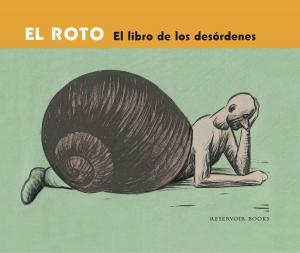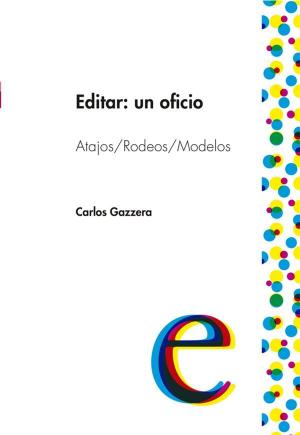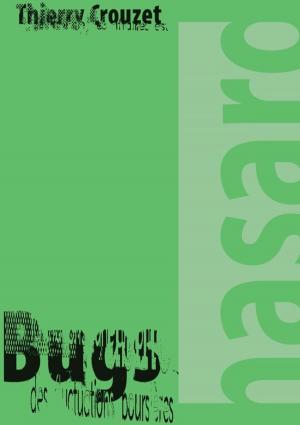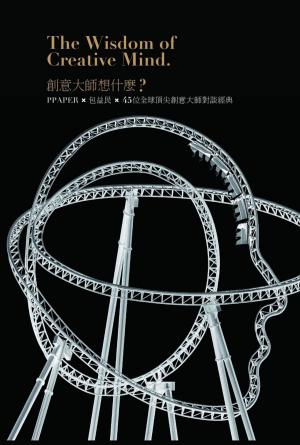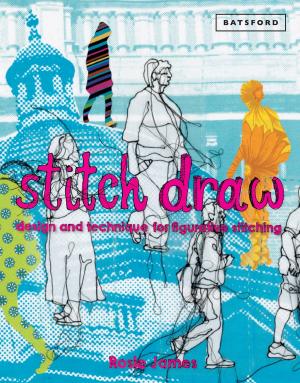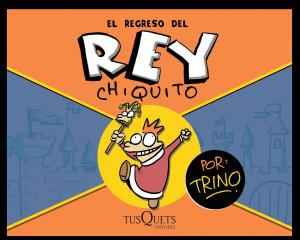Beginner's Guide to Oriental Rugs 2nd edition
Nonfiction, Home & Garden, Antiques & Collectibles, Furniture, Rugs & Textiles, Art & Architecture, Graphic Art & Design| Author: | Linda Kline | ISBN: | 9780894960321 |
| Publisher: | Ross Books | Publication: | April 2, 2010 |
| Imprint: | Language: | English |
| Author: | Linda Kline |
| ISBN: | 9780894960321 |
| Publisher: | Ross Books |
| Publication: | April 2, 2010 |
| Imprint: | |
| Language: | English |
Publishers Weekly Review
This basic guide to oriental rugs is organized to the advantage of the novice collector. A comprehensive section describes and illustrates the 41 most common motifs (geometric, floral and medallion styles and their variations) and the geographic areas where these motifs are produced.
Once the motif of a rug is identified, readers can find a listing of the villages or tribes that characteristically employ that design, and can further discriminate according to the type of weave used in each region. Persian, Caucasian, Turkish and Turkoman rugs are covered, as well as those made in India, Pakistan and Roumania.
BACKCOVER:
There are numerous "Coffee table" art books available that serve as a catalogue of some Oriental rugs. Although useful, most of these books tend to leave people confused and are more akin to a museum catalogue than serving as a useful working book for one intending to purchase or identify oriental rugs.
Invaluable for the prospective owner and experienced collector, the "Beginner's Guide to Oriental Rugs" presents clear illustrations of many of the most common designs found in Oriental rugs. Along with these designs are descriptions of the various rug makers that use the designs. To help refine things, the designs are followed by a detailed description of the rugs produced by each of the major rug producing tribes or towns. Complete advice is also given on evaluating a carpet, what makes one carpet more valuable than another, and how to take care of a carpet once you have it.
Other useful features include a glossary, maps of all major rug producing areas, the history of Oriental rugs and how the carpets are made, etc. Here is the one book you will need to identify, evaluate and purchase oriental rugs.
Table Of Contents:
Introduction
History and Making of Oriental Rugs
Choosing Your Rug
Motifs
Barber Pole Stripe Motif
Butterfly Motif
Candlestick Motif
Caucasian Border Motif
Chinese Fret Motif
Chinese Wave Motif
Cloud Band Motif
Cock Motif
Cross Motif
Cypress Motif
Dog Motif
Endless Knot Motif
Fish Motif
Guli Hinnai Motif
Herati Border Motif
Jug & Comb Motif
Latch Hook Motif
Link Motif
Lotus Motif
Medallion Motif
Mini Khani Motif
Mir Motif
Mirhab Motif
Octagon Motif
Palmette Motif
Pole Medallion Motif
Pomegranate Motif
Rosette Motif
Scorpion Motif
Serrated Leaf Motif
Snake Motif
Star Motif
Swastika Motif
Tarantula Motif
Triangle Motif
Tree of Life Motif
Trefoil Motif
Turkoman Gul Motif
Weeping Willow Motif
Yin Yang Motif
Zig Zag Motif
Persian Rugs
Caucasian Rugs
Turkish Rugs
Turkoman Rugs
Chinese Rugs
India, Pakistan, Roumania
Glossary
Index
END
Publishers Weekly Review
This basic guide to oriental rugs is organized to the advantage of the novice collector. A comprehensive section describes and illustrates the 41 most common motifs (geometric, floral and medallion styles and their variations) and the geographic areas where these motifs are produced.
Once the motif of a rug is identified, readers can find a listing of the villages or tribes that characteristically employ that design, and can further discriminate according to the type of weave used in each region. Persian, Caucasian, Turkish and Turkoman rugs are covered, as well as those made in India, Pakistan and Roumania.
BACKCOVER:
There are numerous "Coffee table" art books available that serve as a catalogue of some Oriental rugs. Although useful, most of these books tend to leave people confused and are more akin to a museum catalogue than serving as a useful working book for one intending to purchase or identify oriental rugs.
Invaluable for the prospective owner and experienced collector, the "Beginner's Guide to Oriental Rugs" presents clear illustrations of many of the most common designs found in Oriental rugs. Along with these designs are descriptions of the various rug makers that use the designs. To help refine things, the designs are followed by a detailed description of the rugs produced by each of the major rug producing tribes or towns. Complete advice is also given on evaluating a carpet, what makes one carpet more valuable than another, and how to take care of a carpet once you have it.
Other useful features include a glossary, maps of all major rug producing areas, the history of Oriental rugs and how the carpets are made, etc. Here is the one book you will need to identify, evaluate and purchase oriental rugs.
Table Of Contents:
Introduction
History and Making of Oriental Rugs
Choosing Your Rug
Motifs
Barber Pole Stripe Motif
Butterfly Motif
Candlestick Motif
Caucasian Border Motif
Chinese Fret Motif
Chinese Wave Motif
Cloud Band Motif
Cock Motif
Cross Motif
Cypress Motif
Dog Motif
Endless Knot Motif
Fish Motif
Guli Hinnai Motif
Herati Border Motif
Jug & Comb Motif
Latch Hook Motif
Link Motif
Lotus Motif
Medallion Motif
Mini Khani Motif
Mir Motif
Mirhab Motif
Octagon Motif
Palmette Motif
Pole Medallion Motif
Pomegranate Motif
Rosette Motif
Scorpion Motif
Serrated Leaf Motif
Snake Motif
Star Motif
Swastika Motif
Tarantula Motif
Triangle Motif
Tree of Life Motif
Trefoil Motif
Turkoman Gul Motif
Weeping Willow Motif
Yin Yang Motif
Zig Zag Motif
Persian Rugs
Caucasian Rugs
Turkish Rugs
Turkoman Rugs
Chinese Rugs
India, Pakistan, Roumania
Glossary
Index
END
